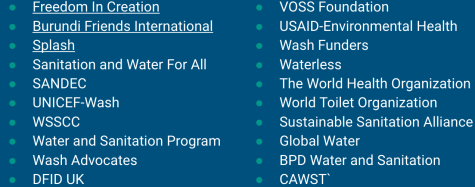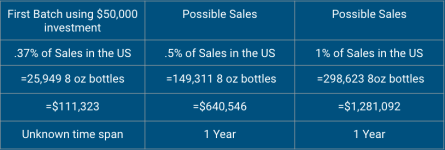Blog 8: Repack Summary
In the fall of 2018, Proctor Academy’s Social Entrepreneurship class worked on business plans for a hypothetical Social Enterprise during the second half of the term. Each business had the goal of being scalable, sustainable/ profitable, and to meet a double or triple bottom line. Business propositions ranged from employing the homeless to bring in food scraps, to collecting plastic bottles from oceans and making them into pots designed to grow vegetable plants. Most of the plans involved food in some capacity, whether or not one of the goals was to help world hunger. Our group was the only one to stray from a food-related business. The best way to help people rise above their current socioeconomic state is to educate them, so that was a driving force behind our plan.
Our mission statement was to employ youth in correction centers to reuse textiles that would otherwise go to landfills to create functional and quality backpacks. A portion of profits would be allocated toward bringing in tutors and teachers to elevate the youth’s level of high school education in order to make them eligible for college. For a product, we were originally considering tapestries. Almost every high school student has at least one in their room, so we knew there would be a market. However, because of our inventory, the tapestries would be very thick and look like quilts, so they may not look very aesthetically appealing (we would collect our materials through old donated clothing). As it turns out, the students we surveyed weren’t big fans of the idea of a tapestry made of denim from old jeans. We decided to pivot, and focus instead on backpacks. This makes a lot of sense, since backpacks are easily tied to education.

We identified two problems pretty early on. Our first was the amount of waste existing in the world. There are over 3,000 landfills in the US alone, and we are running out of space (EPA Federal Register). On top of that, China is no longer accepting our trash, so the USA needs to start reducing waste. According to the EPA, clothing alone makes up 6% (10.5 million tons per year!) of all landfill waste, so clothing is a good place to start, especially considering that 95% of discarded clothing is reusable. The following link contains a video of a landfill and shows the amount of waste that one of them has. https://youtu.be/mA608GJ-EzM
Our second problem was the current education systems in prisons, particularly in youth detention centers. An article by The Atlantic says “science classes are taught without beakers, Bunsen burners, microscopes, and anything that’s sharp or can be used as a weapon. Homework is rarely, if ever, assigned.” Furthermore, according to an article by Time, “75% of incarcerated young people end up back in the system within a few years” (Time Magazine). http://time.com/4543401/youth-prison-reform/. These two statistics seem to be correlated. Youth who were placed in Detention centers receive low levels of education and are underprepared for college. With few options, many of them tend to end up back in the prison system, whether after a few years, or a longer span of time.

Repack hopes to help both of these problems. First, all fabric materials would be sourced from donated clothing, therefore reducing waste and the massive amounts of clothing in landfills.
Our second problem proved to be a little more difficult. Adults in prisons can be paid very low wages for work, but youth can’t. They still often work, but it is called “community service” by the system. We were originally hoping to place money into a college fund for the “employees,” but this was a bit irrational. We felt that the money placed in a fund may conflict with the “no payment” rule, and it was a difficult to find an equation to supply an appropriate amount of funding to each worker while making an actual difference in terms of money available for college. More importantly, the youth in the centers have a tendency to have low levels of education, making them ineligible for college anyway, in many cases. We decided to instead allocate profits into bringing tutors and other teachers into the detention centers, and to improve the academic conditions so that they would be more prepared and motivated for that level of education. In addition to receiving a higher level of education, the youth would be taught potential career skills in textiles that they most likely would not normally receive.
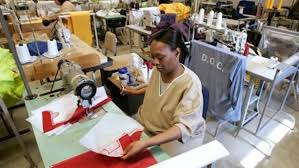
To start out, we would begin by collecting clothing primarily from bins that would be purchased and placed in locations such as town dumps. We would begin by selling 10 backpacks per week on websites such as Etsy and Amazon. After a year of this, we would begin our work in the detention centers and create a website, and incorporate advertising. The more products sold, the more consumers would hear about our enterprise. We would have a printable shipping label, allowing people to easily send in clothing without having to drive anywhere—one of the reasons clothing gets thrown away rather than being donated. Another reason is that thrift stores often don’t accept clothing with rips, tears, and stains. https://www.huffpost.com/entry/what-does-goodwill-do-with-your-clothes_n_57e06b96e4b0071a6e092352 According to this article, some clothes donated to goodwill are deemed unsellable, and end up in the trash. We would accept everything, as the clothing would be cut up anyway. This places us above our main competition of thrift stores in two ways, convenience and usability. Other competitive alternatives on the retail side are other backpack brands. However, despite the crowded market, roughly 140 million backpacks are sold in the USA per year, according to the Travel Goods Association. In fact, backpacks make up a 7.8 billion dollar industry.
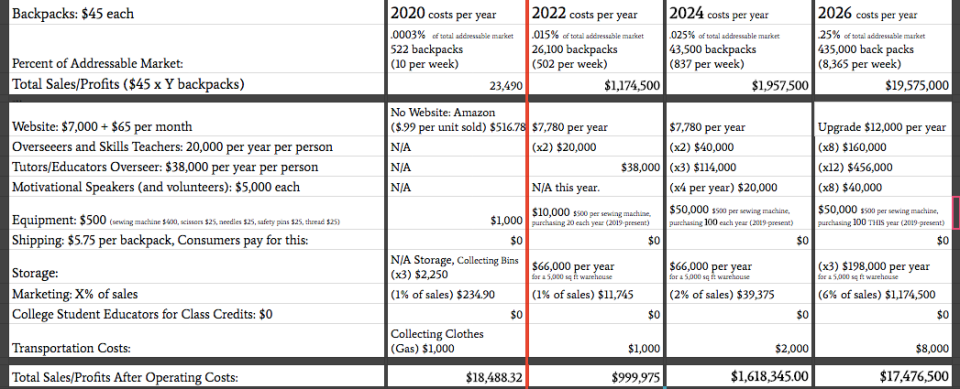
Revenue Model Located Above
To prove that making a backpack from old clothing was viable, our group went to a thrift store (unfortunately we couldn’t get donated clothes) and picked out a few items. We spent some time after classes cutting up the material, making a simple design, and sewing the pieces together with a cheap sewing machine. Our company would use more advanced, industrial grade sewing machines, but this experiment proved that our business could function even with the most basic tools.
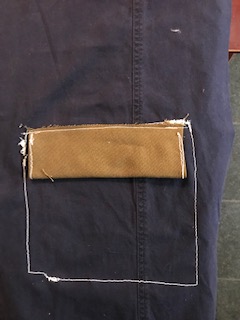
Repack evolved from the the most basic ideas we had into a well thought out business model for phases one and two, with basic plans for phases three and four. We would hope to expand into more countries, employing sweatshop workers with higher wages and better working conditions. More importantly, we would add a design feature to our website where not only could a customer design their own backpack with the available inventory, but also send in their own clothing to be crafted into a more personalized product.
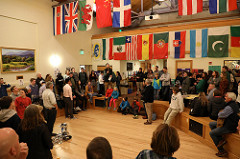
At innovation night, we received great positive reinforcement from a former social entrepreneur, and if we were to dive deeper into our enterprise, we would be in a good place to start.
Works Cited
EPA. “Advancing Sustainable Materials Management: 2014 Fact Sheet.” Saturday
Evening Post, Nov. 2016, http://www.epa.gov/sites/production/files/2016-11/
documents/2014_smmfactsheet_508.pdf. Accessed 14 Nov. 2018.
EPA Federal Register. “Landfills Proposed Rules.” Zero Waste America, 30 Aug.
1988, http://www.zerowasteamerica.org/LandfillsFedRegEPA.htm. Accessed 14 Nov.
2018.
Farquee, Mishi. “Youth Prisons Don‘t Work. Here‘s What Does.” Time, 26 Oct.
2016, time.com/4543401/youth-prison-reform/. Accessed 14 Nov. 2018.
McCluskey, Molly. “The Education Crisis in Youth Detention Centers.” The
Atlantic, http://www.theatlantic.com/politics/archive/2017/12/
juvenile-solitary-confinement/548933/. Accessed 14 Nov. 2018.
Travel Goods Association. “How Many Backpack Are Sold in the United States per
Year?” Quora, http://www.quora.com/
How-many-backpacks-are-sold-every-year-in-the-United-States. Accessed 14
Nov. 2018.
Image source links
https://sites.duke.edu/education303final/education-experiences-of-incarcerated-youth/
Other images were personally taken or from Proctor Academy Flickr
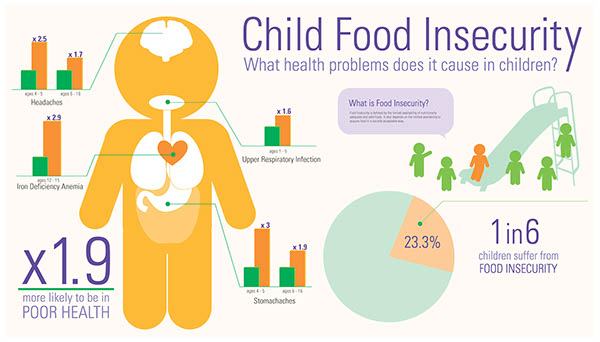
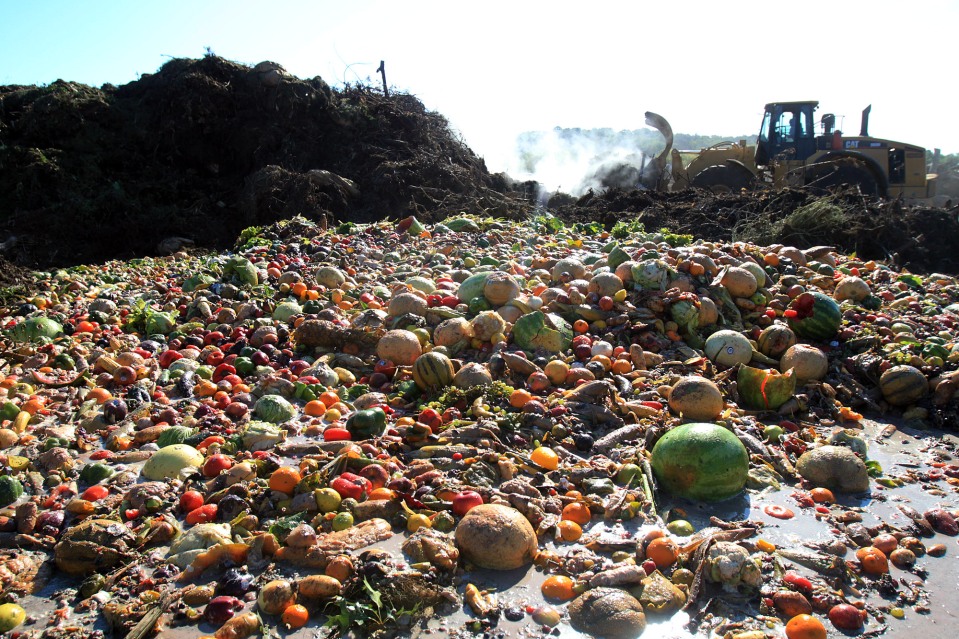
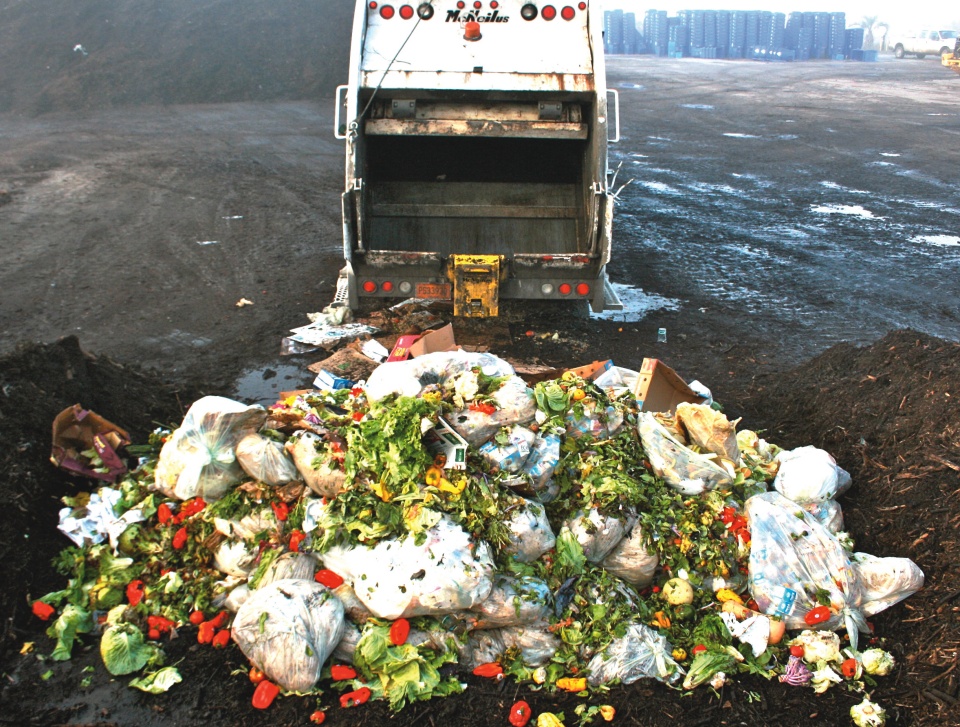
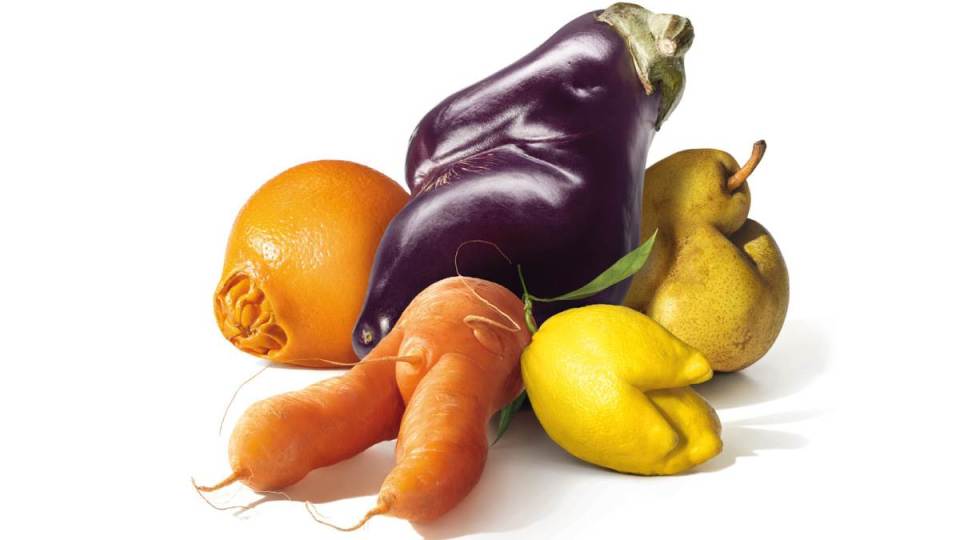
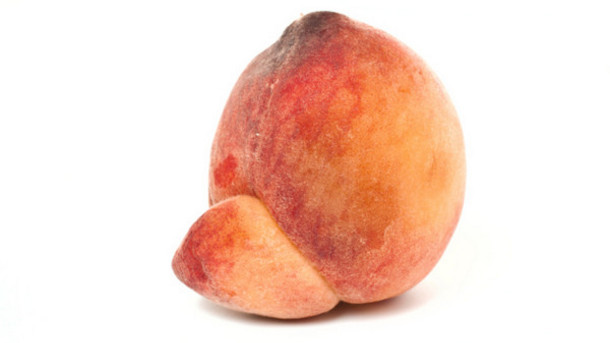
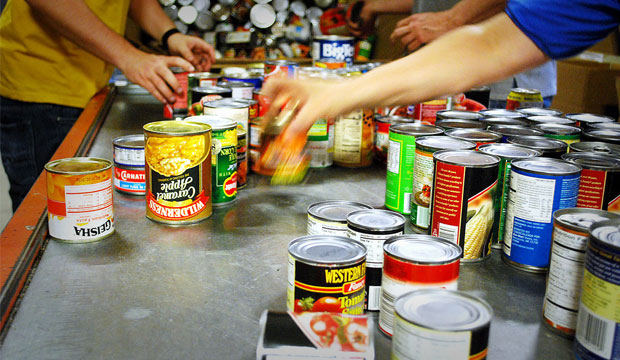
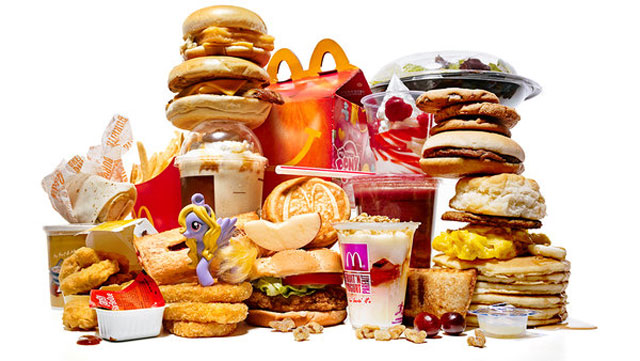
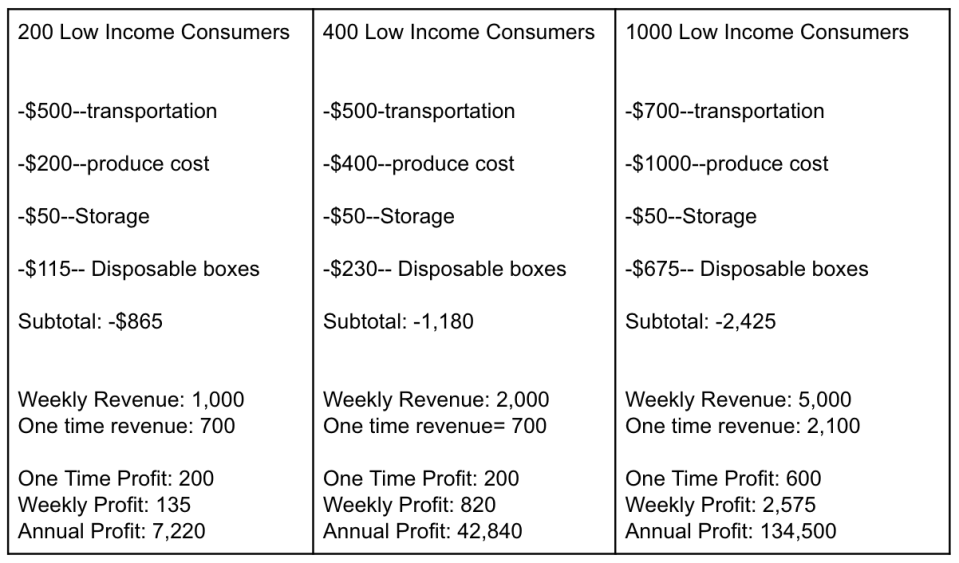
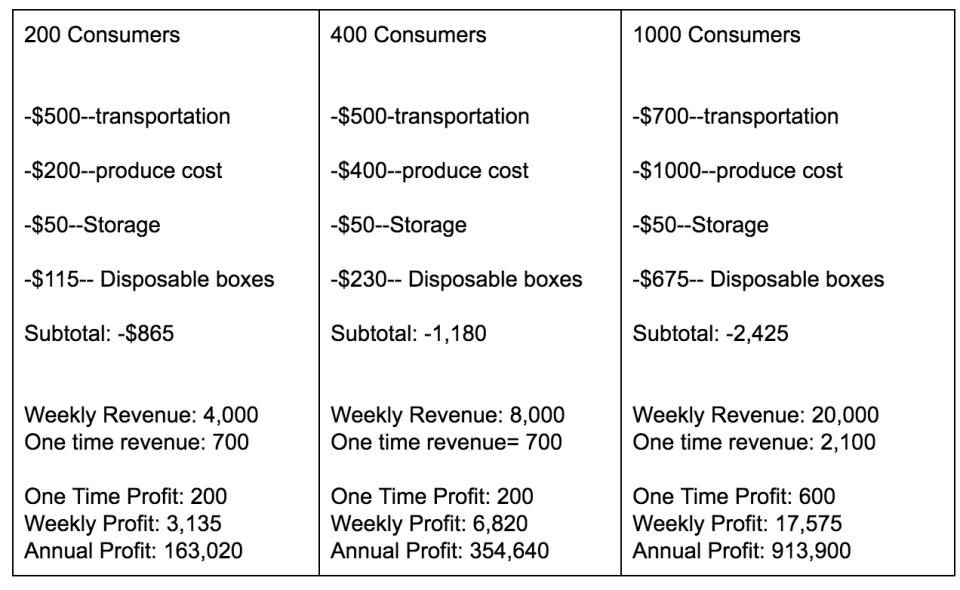
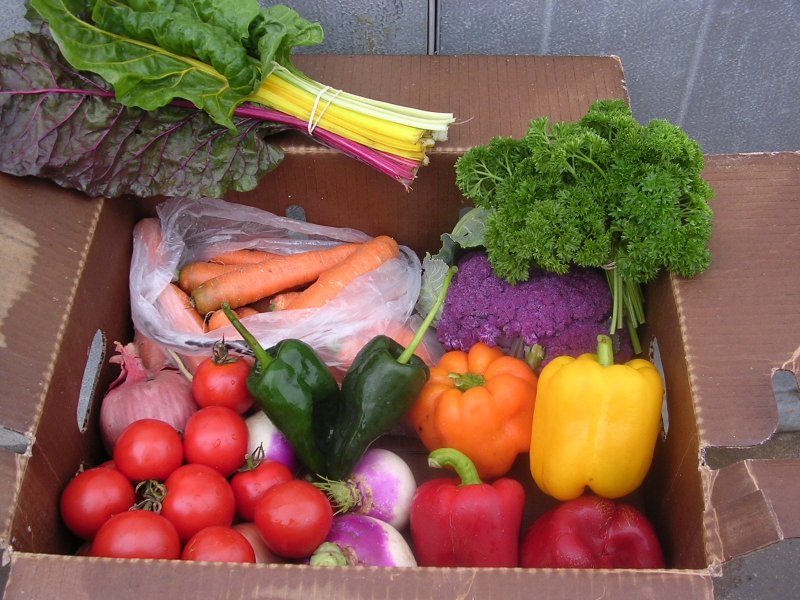
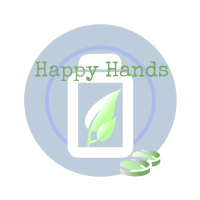 Our Purpose
Our Purpose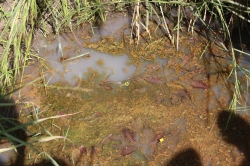 drew Briggs, the CEO of Freedom in Creation, Crowley and I had a better cultural understanding of what life is like in Sub-Saharan Africa. Fabrice told us that only twenty percent of the population in Burundi, Africa has access to running water, which still is not always satisfactory. The other eighty percent of the population sources their water for drinking and sanitation from rivers lakes, and mud holes. Andrew Briggs sent us a picture as an example of the water that that have access to and how bad the sanitary conditions are.
drew Briggs, the CEO of Freedom in Creation, Crowley and I had a better cultural understanding of what life is like in Sub-Saharan Africa. Fabrice told us that only twenty percent of the population in Burundi, Africa has access to running water, which still is not always satisfactory. The other eighty percent of the population sources their water for drinking and sanitation from rivers lakes, and mud holes. Andrew Briggs sent us a picture as an example of the water that that have access to and how bad the sanitary conditions are.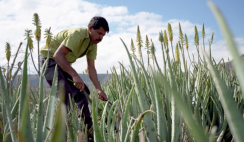 people living in Burundi averages around $580 dollars a year. After running the numbers and finding the average price for aloe and corn in Sub-Saharan Africa we decided that we would pay one dollar per aloe leaf and twenty-five cents for every pound of corn. Aloe and corn grow in plenty in areas in need, so people do not need to be farmers in order to provide us with materials and receive an income. If the average person can bring four leaves per week to our dispensary, we can increase that person’s income by $200 dollars. Happy Hands will have a large impact because the price of living is so low.
people living in Burundi averages around $580 dollars a year. After running the numbers and finding the average price for aloe and corn in Sub-Saharan Africa we decided that we would pay one dollar per aloe leaf and twenty-five cents for every pound of corn. Aloe and corn grow in plenty in areas in need, so people do not need to be farmers in order to provide us with materials and receive an income. If the average person can bring four leaves per week to our dispensary, we can increase that person’s income by $200 dollars. Happy Hands will have a large impact because the price of living is so low.